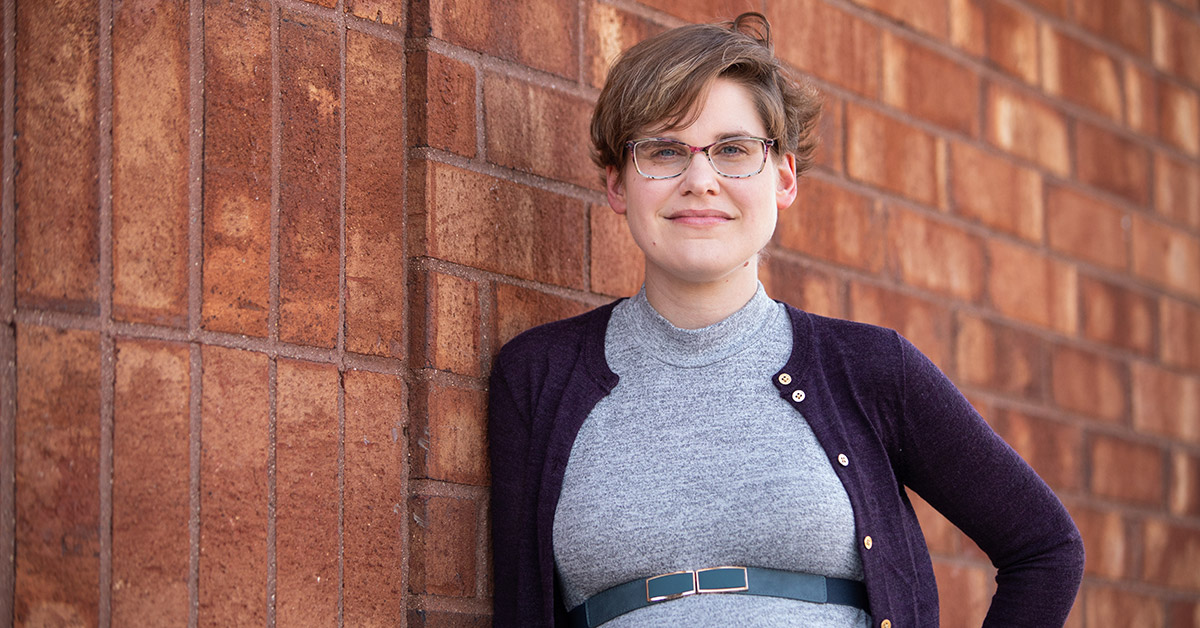Minnesota was recently one of the hot spots in the nation for COVID-19 infections, which as of December 20, has killed more than 10,000 people in the state. Hospitals are swamped with patients and in counties across Minnesota, the number of staffed ICU beds available for adult patients are in the single digits.
States around the country face similar challenges.
People will want to come together this holiday season, but even small gatherings pose a risk for infections that in aggregate could have a significant impact on state-wide illness and an already strained healthcare system.
School of Public Health Associate Professor Eva Enns has created an easy-to-use online tool that helps people make a connection between their individual behavior during the pandemic and what it could mean collectively for their state.
“The goal of the tool is to present individual and collective risk together,” says Enns. “While we are making individual decisions on how to celebrate the holidays based on our individual risk-tolerance, it’s important to understand that these decisions have a collective impact.”
To help gauge the risk of social gatherings, the tool shows:
- The percentage chance that someone infected with COVID-19 will attend.
- How many new infections might occur because of the gathering.
- If a certain percentage of households in the state have similar-sized gatherings, it shows:
- The total percentage of people in the state who would be attending such gatherings
- How many new undiagnosed infections could occur
- How many diagnosed infections could occur
- How many new hospitalizations could occur
Users of the web-based tool can input key data, such as group size, vaccination status of guests, and whether or not guests will be required to test prior to the event. Based on the user’s specified location (US county or state), the tool estimates the prevalence of infection and the risk of infection at the gathering. The tool also includes the option to consider the recently identified Omicron variant and its high transmissibility. However, the calculations do not stop at the individual gathering. The tool also projects the expected number of new cases and hospitalizations arising from such gatherings if a percentage of the state hosted similar gatherings.
“A five-person gathering of primarily vaccinated individuals may seem like a relatively low risk celebration,” says Enns. “However, in my home state of Minnesota, if 10% of households host similar gatherings, this could result in thousands of new infections and hundreds of hospitalizations for our hospitals, which are already operating in crisis. These numbers can be significantly reduced if using some kind of rapid test prior to the event. But the potential impact statewide is still significant, especially in light of the Omicron variant.”
Enns built the tool based on pandemic data from the Centers for Disease Control and Prevention, the State of Minnesota, and other sources. Users can input their county or state to use locally tailored data for their region in the calculations. Users can also input their own local numbers to adapt the analysis to other countries.
“The math behind the tool is actually quite simple — you are basically flipping lots of coins with different weights to determine the predicted outcome,” Enns says. “But what that simple math communicates is that our individual actions matter and collectively we can determine what this holiday season looks like for our neighbors and our healthcare workers.”

